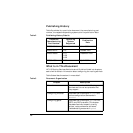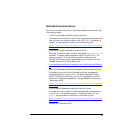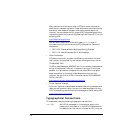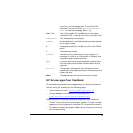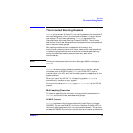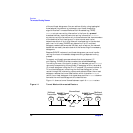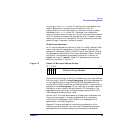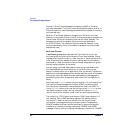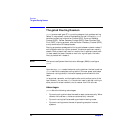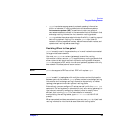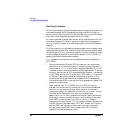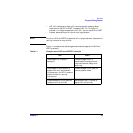
Overview
The mrouted Routing Daemon
Chapter 118
of the multicast datagrams. You can achieve this by using topological
knowledge of the network to implement a multicast forwarding
algorithm called Truncated Reverse Path Broadcasting (TRPB).
mrouted structures routing information in the form of a pruned
broadcast delivery tree that contains routing information. mrouted
structures routing information only to those subnets that have members
of the destination multicast group. In other words, each router
determines which of its virtual network interfaces are in the shortest
path tree. In this way, DVMRP can determine if an IP multicast
datagram needs to be forwarded. Without such a feature, the network
bandwidth can easily be saturated with the forwarding of unnecessary
datagrams.
Because DVMRP routes only multicast datagrams, you must handle
routing of unicast or broadcast datagrams using a separate routing
process.
To support multicasting across subnets that do not support IP
multicasting, DVMRP provides a mechanism called tunnelling.
Tunnelling forms a virtual point-to-point link between pairs of mrouted
routers by encapsulating the multicast IP datagram within a standard
IP unicast datagram using the IP-in-IP protocol (IP protocol number 4).
This unicast datagram, containing the multicast datagram, is then
routed through the intervening routers and subnets. When the unicast
datagram reaches the tunnel destination, which is another mrouted
router, the unicast datagram is stripped away and the mrouted daemon
forwards the multicast datagram to its destinations.
Figure 1-1 shows a tunnel formed between a pair of mrouted routers.
Figure 1-1 Tunnel Made with mrouted Routers
Nonmulticast
R1
Tunnel
Multicast
Transmitter
Multicast
Recipient
Node
Node
DVMRP Tunnel
Endpoint
DVMRP Tunnel
Endpoint
R2
M
N
Router
Router



